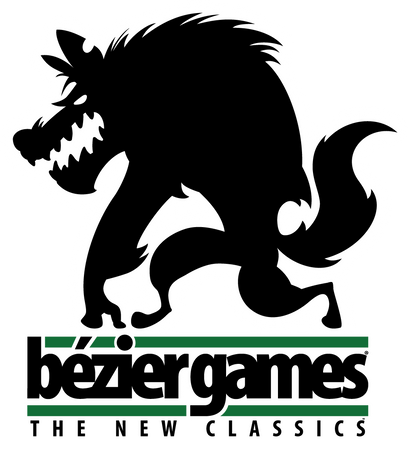The Evolution of Castle Architecture

When I started working on Blueprints of Mad King Ludwig in 2021, the goal was to create a quick roll-and-write game that included some of the fun aspects of Castles of Mad King Ludwig, but was distilled down to its essentials: create a fun, crazy castle and unlock unique abilities as you completed rooms. And the first playable prototype was exactly that: a handful of six-sided dice with different room types on each side; one player would roll 8 dice, putting a certain number off to the side, and then take one of the remaining dice and draw that room on their sheet, and each player would follow. As you completed rooms, you would gain special bonuses or abilities, and after 16-20 rooms (based on player count), the game was over, and players would total up their scores.
It worked, but it wasn’t particularly fun or engaging. The rooms were pretty basic because they had to be shown on the side of a die. The abilities were just so-so, because there was only so much you could do with dice and the aforementioned basic rooms. I called it “Architects of Mad King Ludwig” and it wasn’t long before I realized that it needed more interesting abilities. The scoring was wonky, based on the size of the room you drew.
I modified the rewards to be a two-tier system that gave you points for the size of your rooms, but also special rewards based on the type of room you completed. That was more interesting, but still not quite was was needed. In addition, all rooms were labeled with the first letter of the type of room, which didn’t look that great on paper.
Adding colored pencils to the mix seems obvious now, but at the time I wasn’t sure if it was necessary. At the same time, I made each room give you special rewards for completing them that were either end game points or a special ability, such as “turn a die to any face”. It was now more compelling, but the limitations of the dice made castles kind of boring. Adding the ability to draw hallways instead of taking a die livened things up a bit. There was still no way to track the number of turns players were taking, so players had to mark them on sheets as they played.
Adding Favors with a similar scoring mechanism to Castles of Mad King Ludwig started to make things a little more engaging and resulted in more interaction between players as certain room types/sizes were made more valuable as a result.
By far the biggest change at this time was removing the dice and replacing them with cards. This allowed for much more varied rooms, and the rooms could be given names. The abilities received for completing rooms were tweaked and simplified, streamlining the game.
Bonus cards were added, and while they are similar to those in Castles of Mad King Ludwig, they work a little differently: You start with 2 Bonus cards, and each time you complete a Utility (orange) room you get 2 more cards. However, at the end of the game you only score cards equal to the number of Utility rooms you’ve completed.
The next thing that was added were Royal Decrees. These give each player a unique asymmetric ability at the start of the game. In addition, the cards now had both regular and mirrored versions of them (since you can place a room in any rotation or flip it).
Having most of the mechanics in place, we hired a graphic designer to give the game a much needed facelift.
Up until this point, we had two sheets for each player: a sketch sheet for drawing your castle, and a score sheet for keeping score and track of earned rewards. Some players struggled with drawing rooms correctly, and on a whim, we ordered some vellum paper to see if that would work with the game. Not only did it work, but it also had the bonus of making colored pencil drawings easier to erase. This is also when the solo game started shaping up. This particular image is of a castle that was manually drawn to test what the lowest score could be (it turns out “12” is the worst you can do in the game).
After continued playtesting, the game was ready for sample production. The last version of the game with mostly handmade components is shown here. New items include the playmat, a tuckbox for the set of full size colored pencils, a new sketch panel to place under your sketch sheet (because most tables are not white and smooth), and a castle-shaped eraser!
We started receiving manufacturer-created samples recently, and the game is starting to look real! The only thing missing from this image are the GameTrayz™!
Blueprints of Mad King Ludwig is launching on Kickstarter February 7th 2023, and it will include a special Kickstarter edition that contains extra sets of pencils, sketch and score sheets, more room cards, and the aforementioned neoprene player mat. You’ll also be able to upgrade your favor tokens to poker chips! Click here to learn more about the Blueprints of Mad King Ludwig!
















